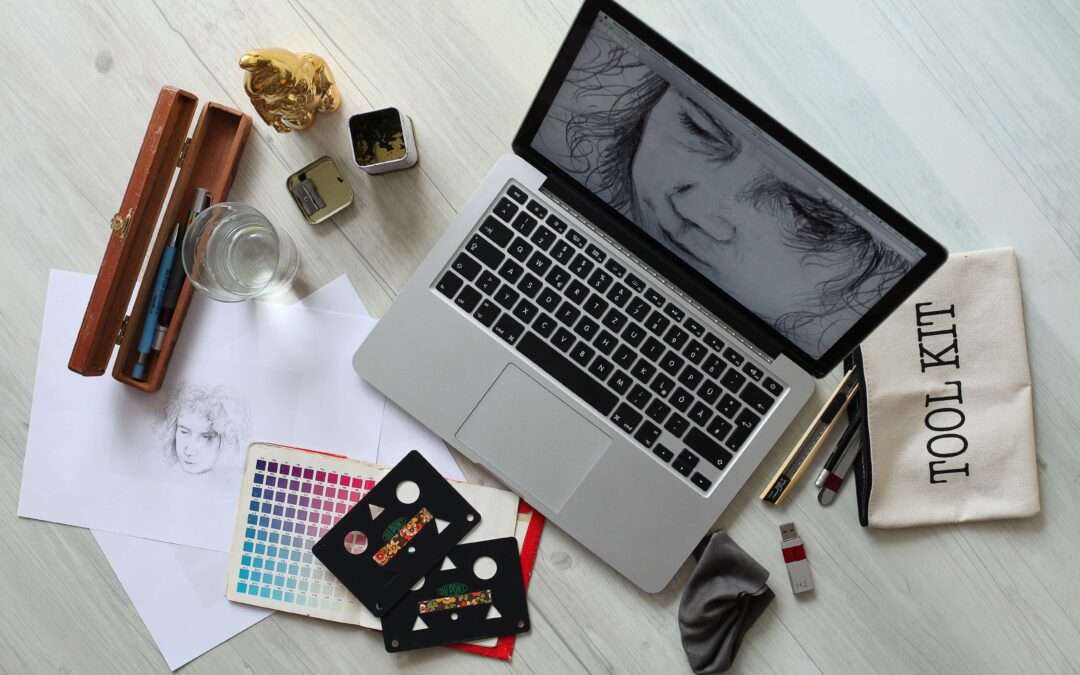Here are the steps to follow to become a professional graphic designer
Learn graphic design principles
Enroll In The Graphic Designing Course
Learn Key Graphic Design Tools
Develop A Portfolio To Showcase Your Graphic Design Work
Get Real-World Work Experience
Top Graphic Design Tools
Adobe Photoshop
Adobe Photoshop is a powerful and versatile tool that has been the industry standard for graphic design for many years. With its wide range of features and tools, Photoshop is an excellent choice for creating and editing complex designs, as well as working with photos and other images. Its extensive set of tools and filters allow designers to manipulate images in a variety of ways, creating stunning effects and visuals.
Canva Graphic Design
Canva, on the other hand, is a more user-friendly and accessible tool that is perfect for beginners or those who don’t have a lot of experience with graphic design. Canva offers a variety of templates and pre-made designs that can be customized with your own text, images, and branding. It also has a wide range of features for creating social media graphics, presentations, and other marketing materials.
Figma Design Tool
Figma is a relatively new tool that has gained popularity in recent years, especially among UI and UX designers. Figma is a web-based tool that allows designers to collaborate in real-time, making it an excellent choice for remote teams or those working with clients across different locations. Figma offers a range of features for designing user interfaces, including customizable components, vector editing, and prototyping.
Sketch App
Sketch is another tool that has gained a following among designers in recent years, especially those working on macOS systems. Sketch is a vector-based tool that is especially well-suited for creating logos, icons, and other types of graphics that require precision and scalability. It also offers a range of plugins and integrations with other tools, making it a versatile choice for many different types of design projects.
NOTE
When choosing the right tool for your needs, it’s important to consider a few key factors, including the type of design work you will be doing, your level of experience, and your budget. Adobe Photoshop is a powerful tool, but it can also be expensive and complex, so it may not be the best choice for beginners or those with limited budgets. Canva and Figma are both more accessible and affordable options, but they may not have the same level of customization or flexibility as Photoshop or Sketch.
Ultimately, the best tool for your needs will depend on a variety of factors, and it’s important to experiment with different tools and workflows to find the one that works best for you. Whether you choose Adobe Photoshop, Canva, Figma, Sketch, or another tool entirely, having access to the right software can help you take your graphic design skills to the next level and create stunning visuals that capture your audience’s attention.
Conclusion
Becoming a professional graphic designer requires a combination of skills, creativity, and access to the right tools and software. By leveraging informational, navigational, branded, transactional, and comparisonal keywords, you can find the resources and information you need to start your journey in this exciting field.
If you have any questions or comments about becoming a graphic designer,
feel free to leave them below.
We would love to hear your thoughts and experiences on this topic!


Recent Comments